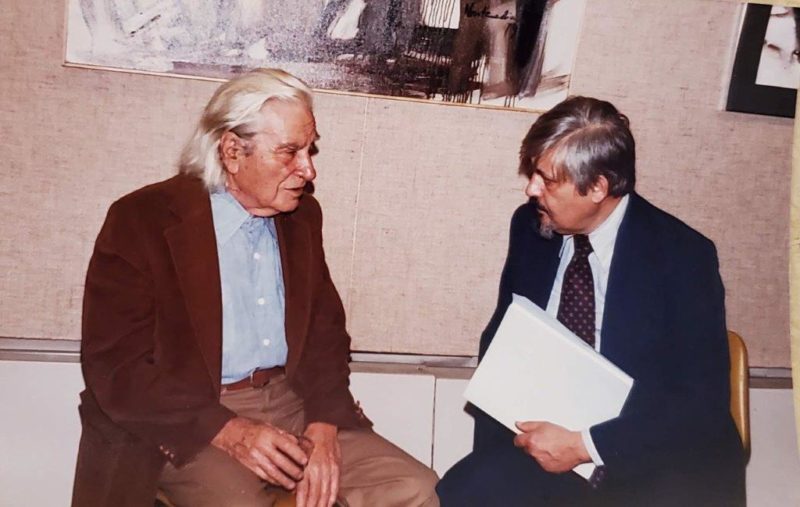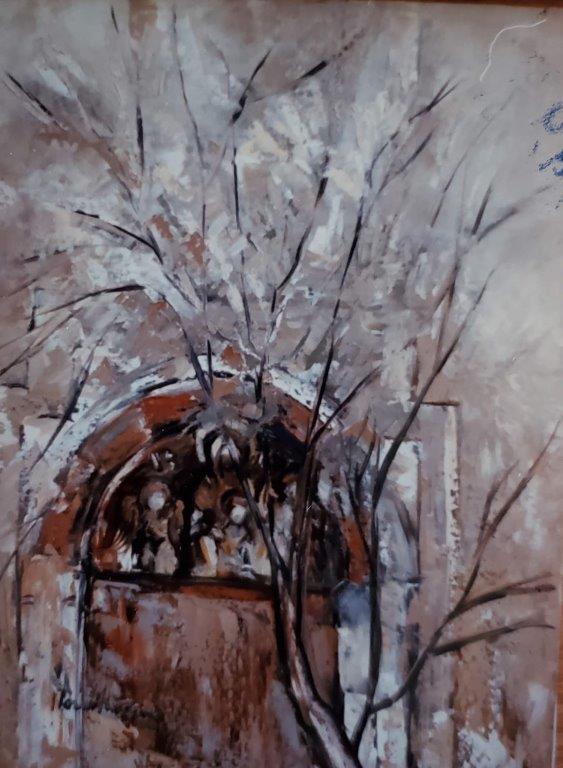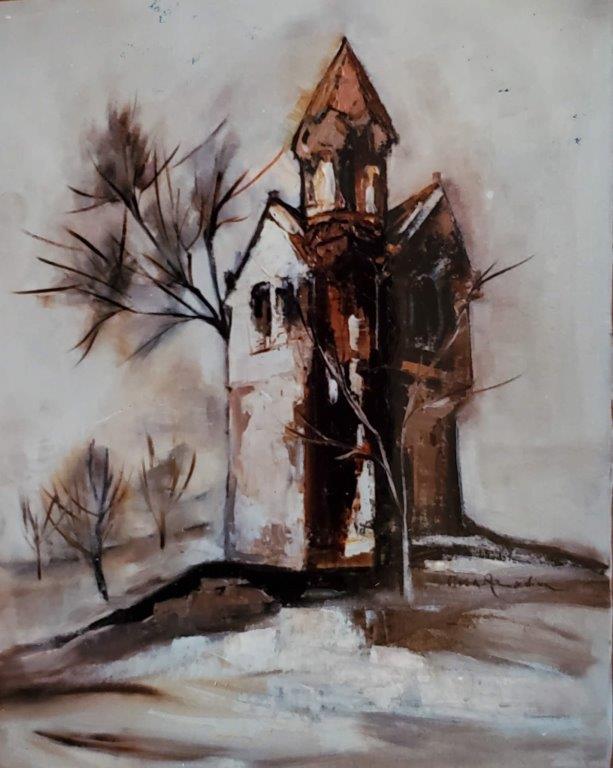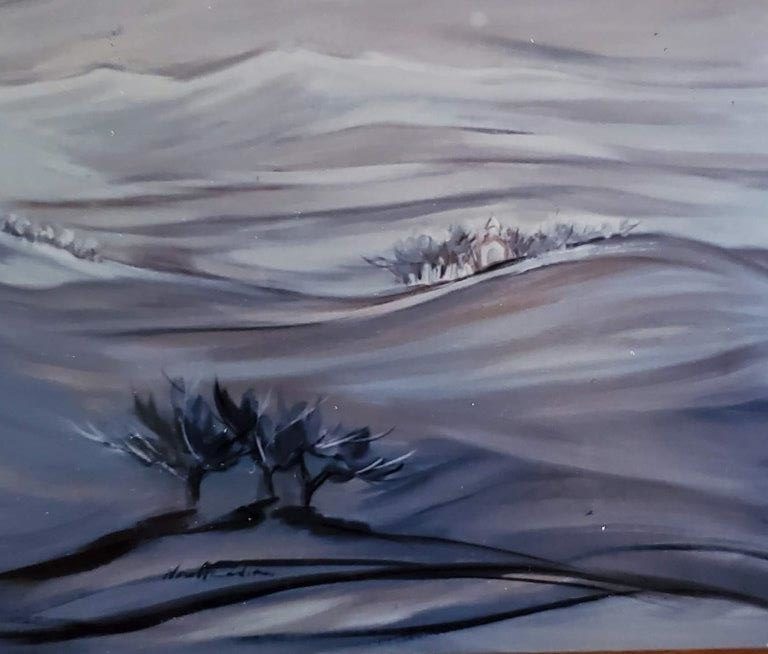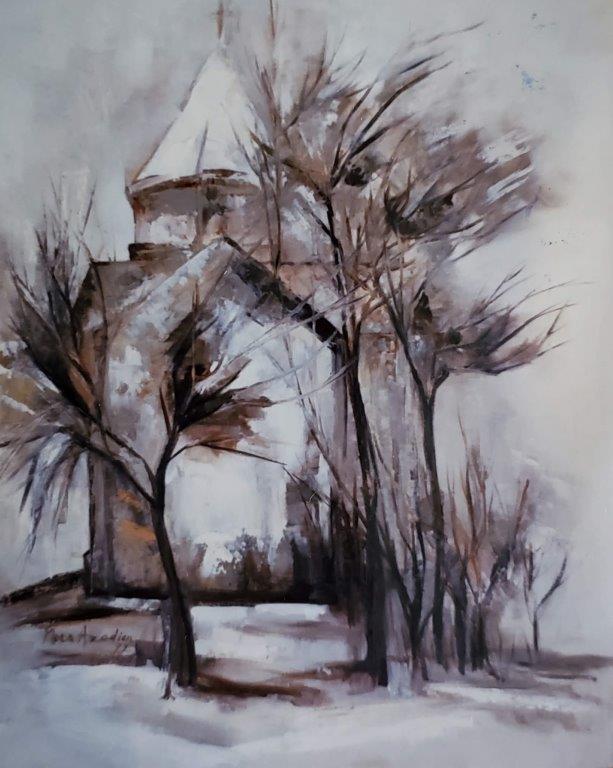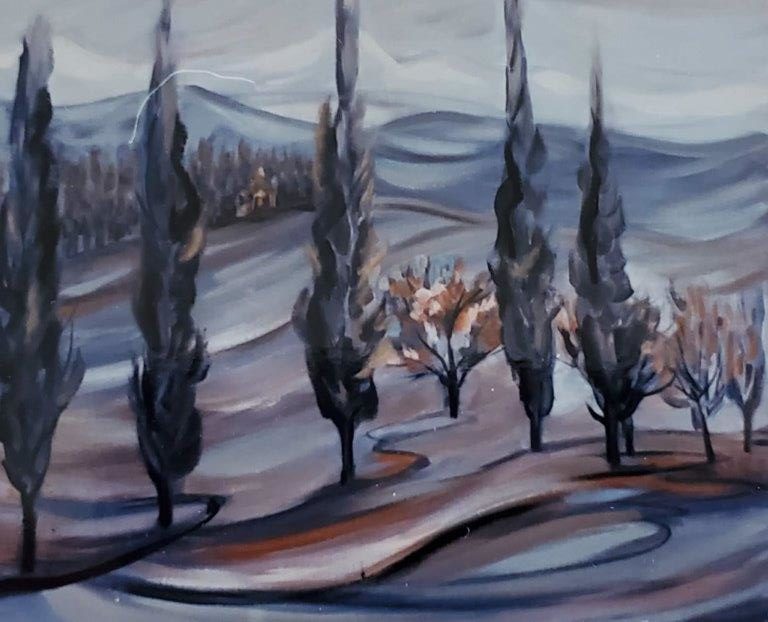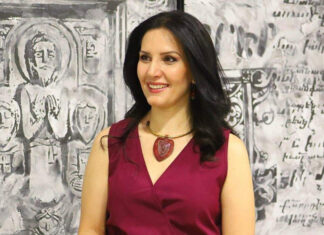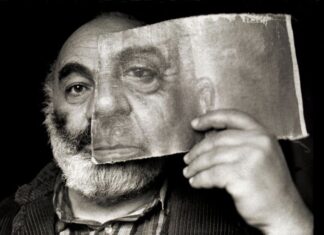By Dr. Gary Belian
DETROIT – Visually rich, emotionally gratifying, the art of Nora Azadian stems from European and Armenian sources. Although French influence is apparent in her art, most of her recent work is emphatically expressionist. Restless, dark colors, being disturbed by uneven white illuminations.
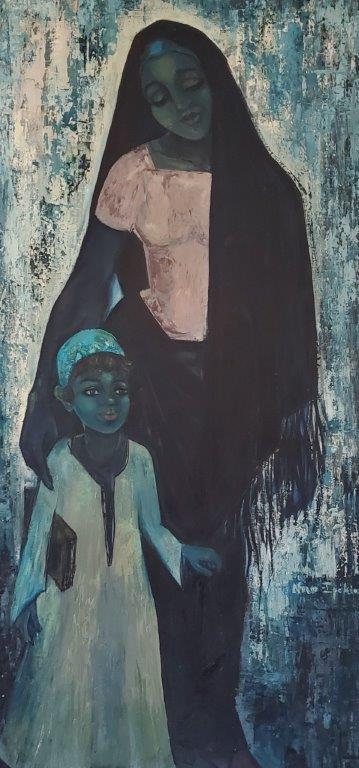
Born in Egypt, she became the prize student of the renowned painter Ashod Zorian and later graduated from the ABC School in Paris. She has influenced a generation of painters, some of whom have distinguished themselves in the Middle East and Europe.
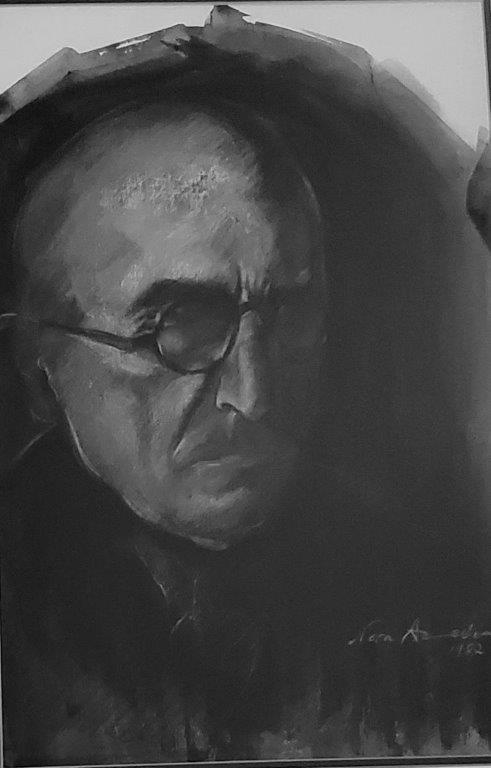
Nora was noted for her figure paintings and picturesque watercolors, lyrical, poetic, almost exotic with nostalgic overtones.
The talent of Nora Ipekian Azadian stems from her childhood experiences. She was brought up in a family circle of intellectuals and artists, an environment conducive to artistic pursuits. Her greatest enthusiasm comes from the encouragement of her husband Edmond Azadian, the well-known intellectual and public figure.
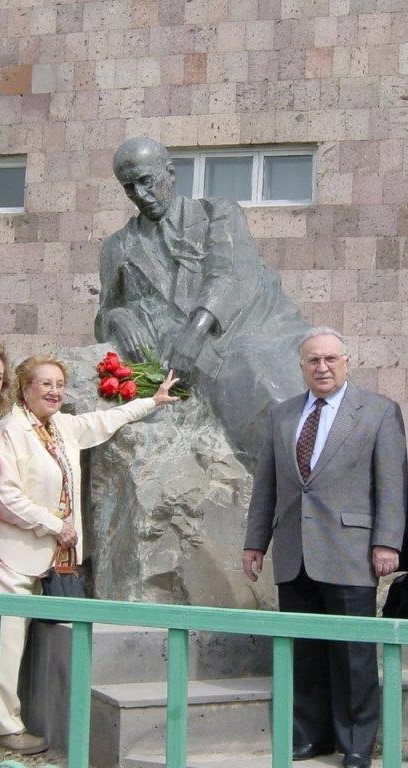
The exhibition entitled “My Armenia” is an outgrowth of the artist’s recent visit to the motherland. Its intent is not merely to reflect the brilliance and pageantry of contemporary Armenia, but to reflect on its past heroic achievements.
